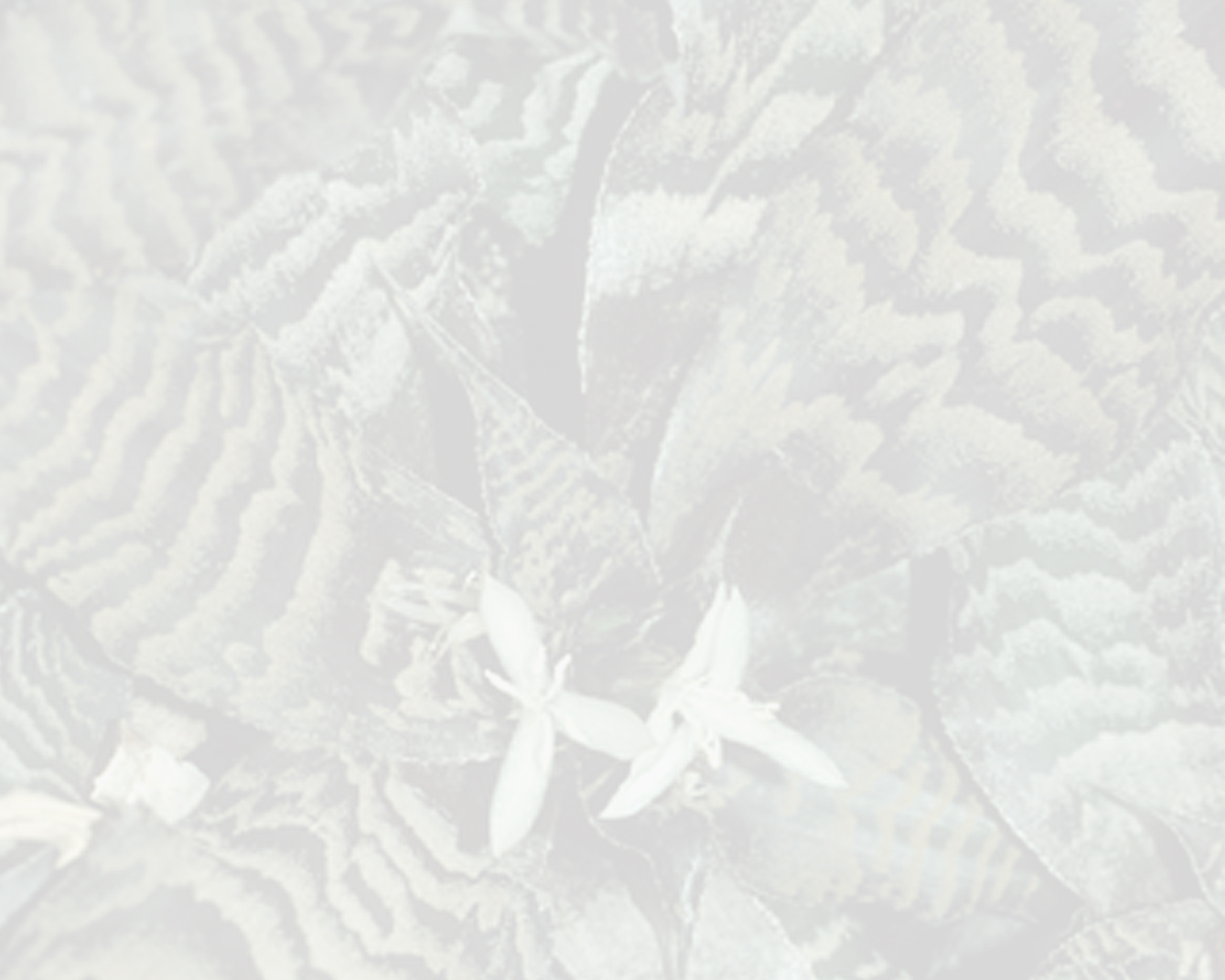

Robinson 1969 (Article) Connelia, Cottendorfia, Navia
A monograph on foliar anatomy of the genera Connellia, Cottendorfia and Navia
Author(s):—H. Robinson
Publication:—Smithsonian contributions to botany no. 2. (1969)
Abstract:—Harold Robinson. A Monograph on Foliar Anatomy of the Genera Connellia, Cottendorfia, and Navia (Bromeliaceae) . Smithsonian Contributions to Botany, 2 : 1-41. 1969.-The 102 presently known species of the pitcairnioid genera Connellia, Cottendorfia, and Navia are discussed, illustrated, and keyed on the basis of cross sections and epidermal peels of leaves. Comparison with other genera of the bromeliad subfamily Pitcairnioideae indicates Connellia, Cottendorfia, and Navia belong in a series with Ayensua, Brocchinia, Fosterella, Pitcairnia, and Puya that have sharply demarcated chlorenchyma and water-storage layers in the mesophyll. Abromeitiella, Deuterocohnia, Dyckia, Encholirium, and Hechtia seem to be another related series without such sharp demarcation. Connellia is considered related to a series of Cottendorfia species having elongate stomata. Many Cottendorjia species show abaxial waterstorage tissue of a structure similar to Puya and some Amazonian species of Pitcairnia. In Navia, the species with paniculate or racemose inflorescences are found to represent three rather distinct groups, one of which seems close to Cottendorfia. Species of Navia with vascular bundles more completely enclosed in chlorenchyma, with scales replaced by trichomes, with sessile or glomerate inflorescences, or with connate and partially reduced sepals are considered specialized. A great number of substomatal variations are recorded in Navia that distinguish species or groups of species. Navia lopezii is shown to have a very modified epidermal structure with simple stomata and no scales, characters unlike any other bromeliad presently known.
Pages: 41 Illustrations: drawings Size: 20x26 cm